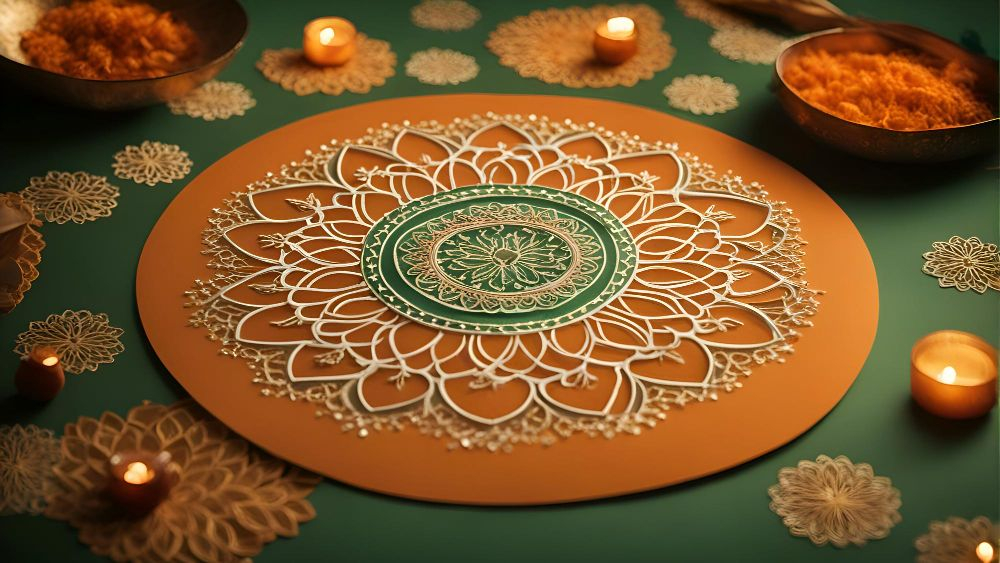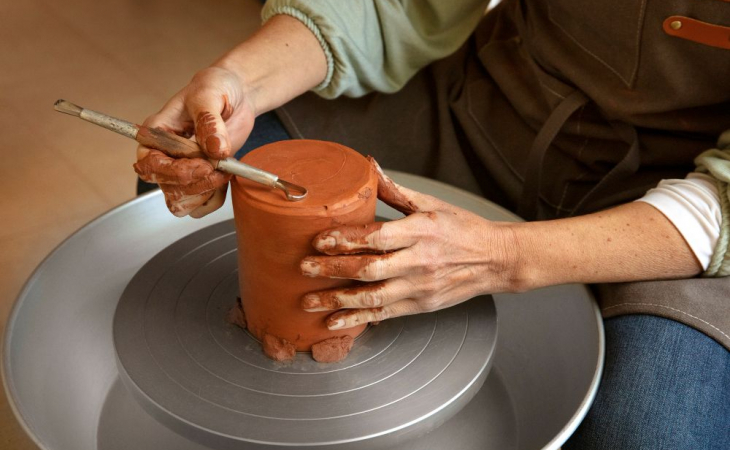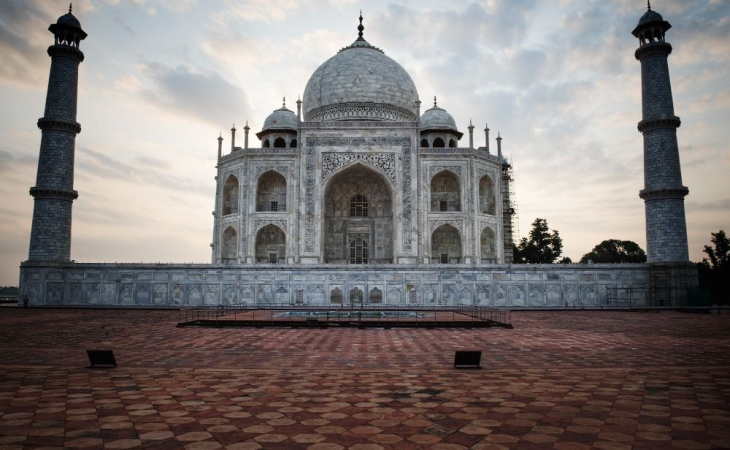Indian Design: The Impact of Cultural Diversity
Share

With its vibrant traditions and diverse communities, Indian design reflects the myriad influences that shape its identity. From textiles to architecture, every element tells a story steeped in heritage and innovation. This blend of old and new creates a unique landscape where creativity thrives.
As we delve into the impact of cultural diversity on Indian design, we’ll uncover how various ethnicities, languages, and regional practices contribute to this dynamic field. Join us as we explore how these factors intertwine to create stunning visuals that resonate not only within India but across the globe. Get ready for an inspiring journey through colors, patterns, and ideas!
The Influence of Cultural Diversity on Indian Design
Cultural diversity is the lifeblood of Indian design, giving it a unique character that resonates globally. With over 2,000 distinct ethnic groups and languages, India showcases a rich tapestry of traditions and aesthetics.
From the intricate patterns of Mughal architecture to the vibrant hues of Rajasthani textiles, each region contributes its own flair. The fusion of these elements creates an unparalleled visual narrative.
Designers draw inspiration from festivals, rituals, and local folklore. This results in pieces that reflect not just artistic expression but also historical significance.
The global influence has further enriched Indian design. International collaborations bring new techniques while maintaining the essence of traditional craftsmanship.
As cultures blend through globalization, this exchange fosters innovation without losing roots. Each creation becomes a story woven from diverse influences—an invitation to explore India’s vast cultural landscape through art and design.
Traditional Elements in Indian Design
Traditional Indian design is a vivid tapestry intricately crafted from the diverse threads of cultures and histories. Each region brings its unique flavor, reflecting local customs and values.
Textiles are central to this artistry. From the intricate patterns of Bandhani in Gujarat to the delicate motifs of Kanchipuram silk sarees, fabrics tell stories through their weaves and dyes.
Architecture also plays a crucial role. The grandeur of Mughal architecture showcases elaborate carvings while temples across India display exquisite sculptures that symbolize spirituality.
Pottery, woodwork, and metal crafts add another layer to traditional design. Every item often serves functional purposes but is crafted with an aesthetic that resonates deeply with cultural identity.
These elements not only preserve heritage but also inspire contemporary designers seeking authenticity in modern creations.
Modern Innovations in Indian Design
Modern innovations in Indian design are reshaping the landscape. Designers blend traditional techniques with contemporary materials, creating a unique fusion that appeals to global audiences.
Sustainable practices have become central to this evolution. Many artisans now prioritize eco-friendly methods, using recycled materials and organic dyes. This shift not only preserves the environment but also infuses modern aesthetics into traditional crafts.
Technology plays a pivotal role as well. Digital tools enable designers to experiment beyond conventional boundaries. They can visualize concepts quickly and produce intricate patterns that were once labor-intensive.
Collaboration is key too. Designers often partner with local craftsmen, ensuring authenticity while pushing creative limits. This synergy fosters innovation rooted in heritage.
The rise of e-commerce platforms has expanded market reach for Indian designs, allowing them to captivate international consumers eager for authentic cultural expressions infused with modern flair.
Challenges Faced by Indian Designers
Indian designers encounter a variety of challenges that can hinder their creative process. One major issue is the lack of access to modern materials and technology. This limits experimentation and innovation in designs.
Another challenge comes from cultural expectations. Designers often feel pressure to cater to traditional aesthetics, which may stifle contemporary creativity. Balancing tradition with modernity can be a tightrope walk.
Market saturation also poses difficulties. With numerous designers emerging daily, standing out becomes increasingly complex. Branding and marketing strategies must evolve continuously to capture audience attention.
Additionally, economic factors play a role in shaping design practices. Budget constraints restrict potential collaborations or projects that could elevate an artist’s work.
The global stage introduces further competition, compelling Indian designers to adapt while maintaining authentic cultural expressions. Navigating these multifaceted challenges requires resilience and ingenuity in every aspect of their craft.
For aspiring designers, the top design colleges in India provide excellent foundations for overcoming these challenges, while Web Designing Colleges in India play a critical role in shaping the digital future.
The impact of cultural diversity on Indian design is profound and multifaceted, enriching every aspect of the field with vibrant influences and traditions. From the intricate patterns of ancient textiles to the bold innovations of modern design, Indian design showcases a diverse blend of cultural elements. This fusion has created a rich tapestry that continues to captivate audiences worldwide. Indian designers face challenges in balancing tradition with modernity. However, their resilience and creativity shine through these obstacles. This enables them to craft unique pieces that celebrate heritage while embracing contemporary trends. As India continues to evolve, its design landscape reflects the enduring power of cultural diversity. It blends the past and present in remarkable ways. This dynamic interplay creates an ever-inspiring visual narrative, where creative technology design plays a pivotal role in pushing boundaries and shaping the future of Indian creativity.

